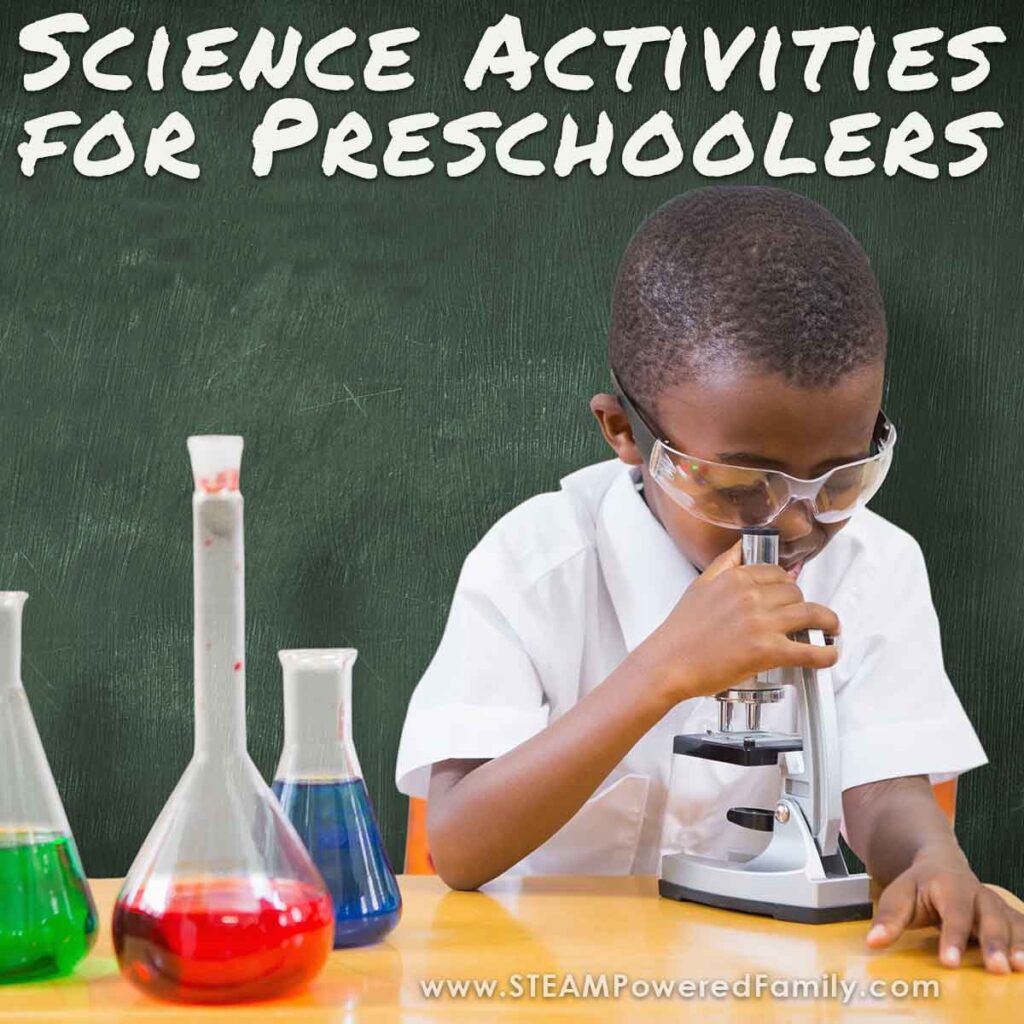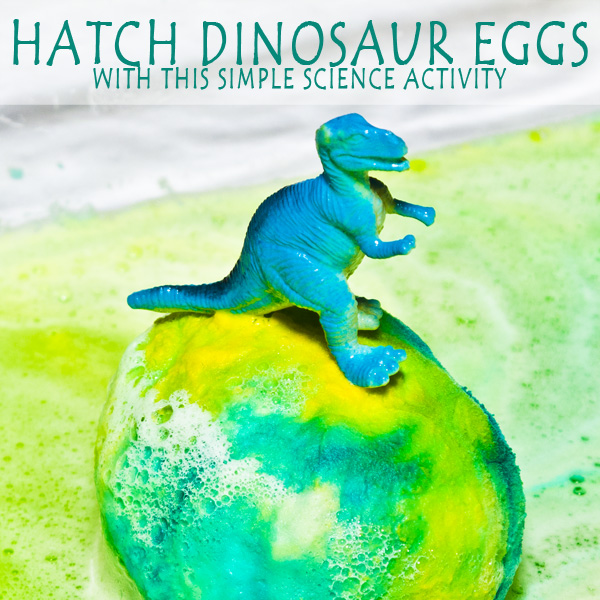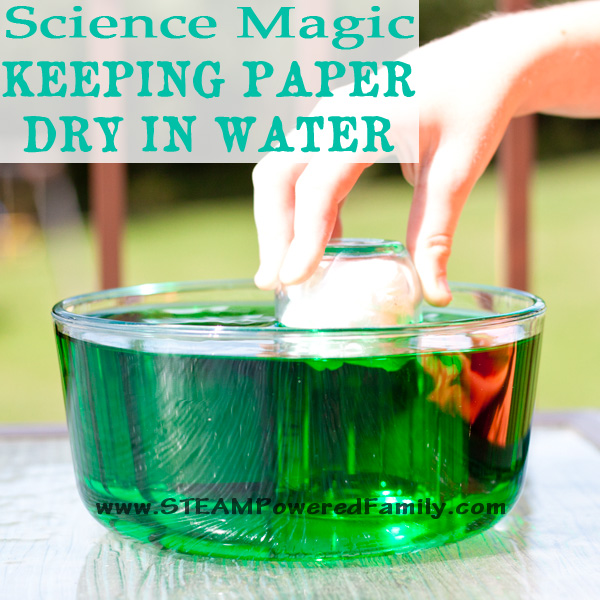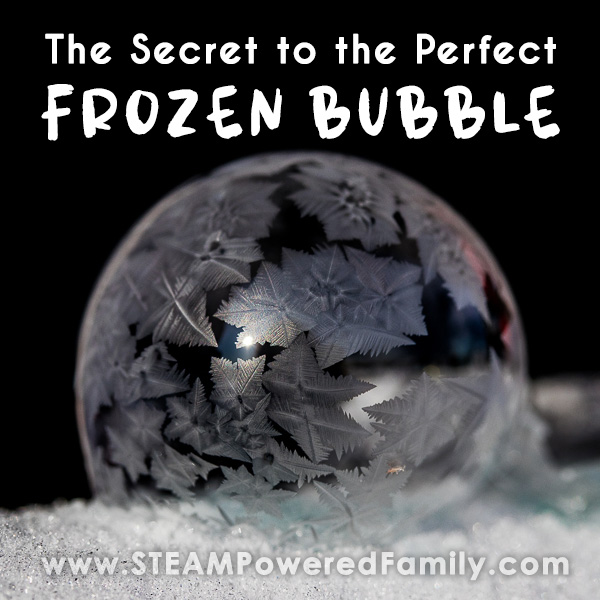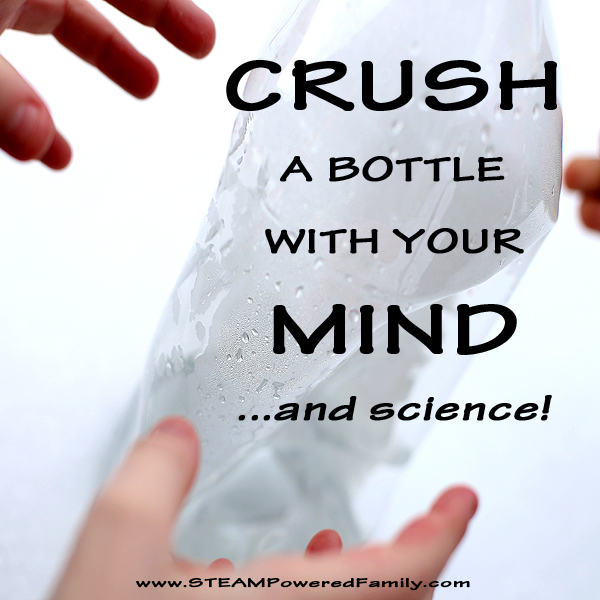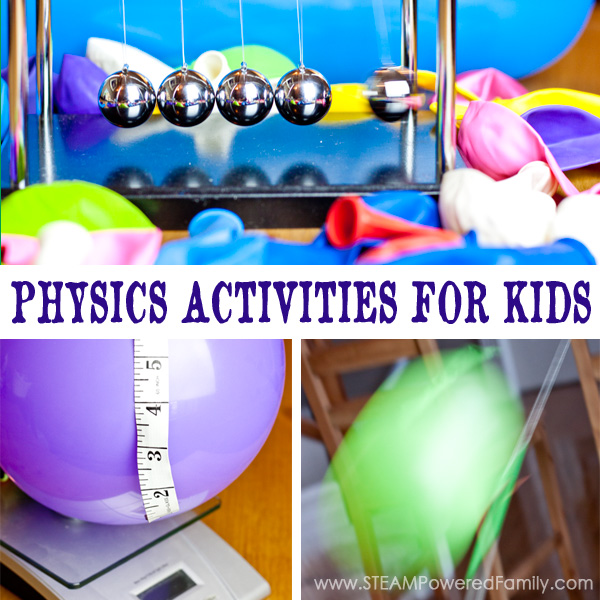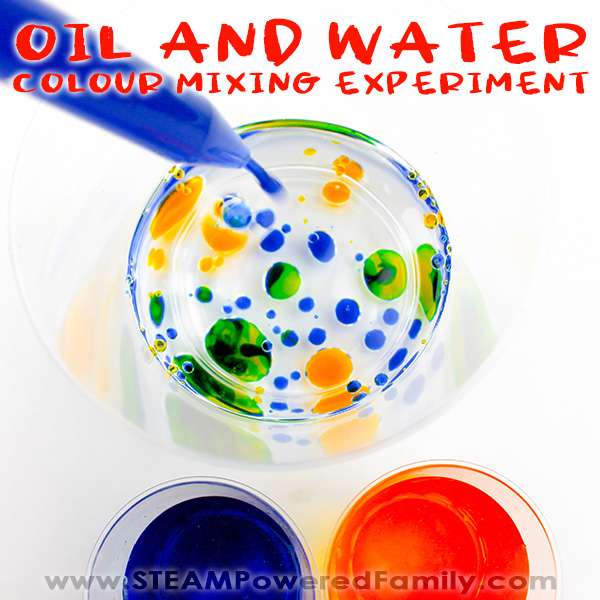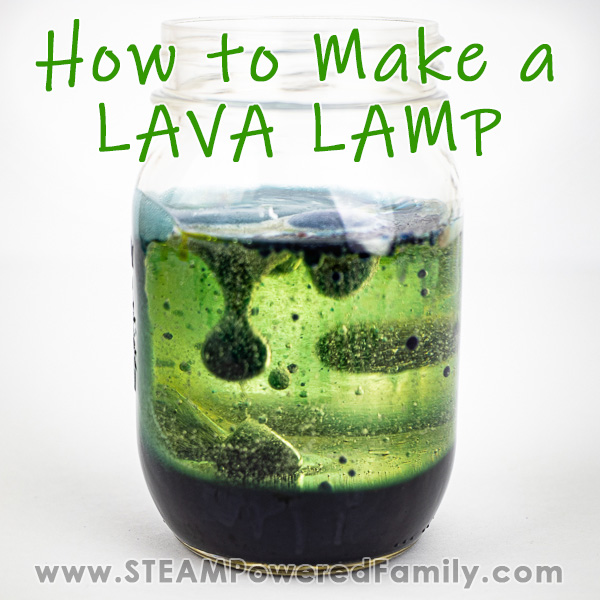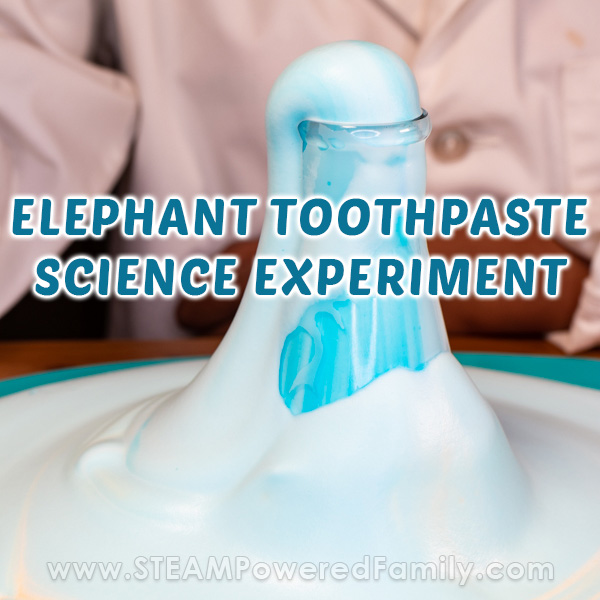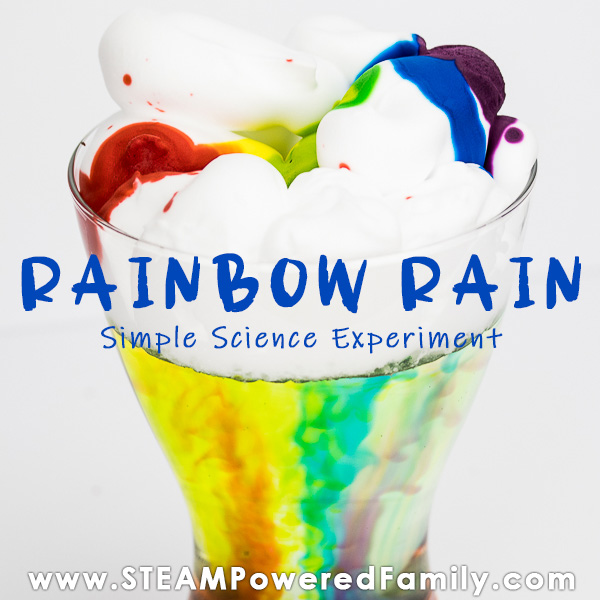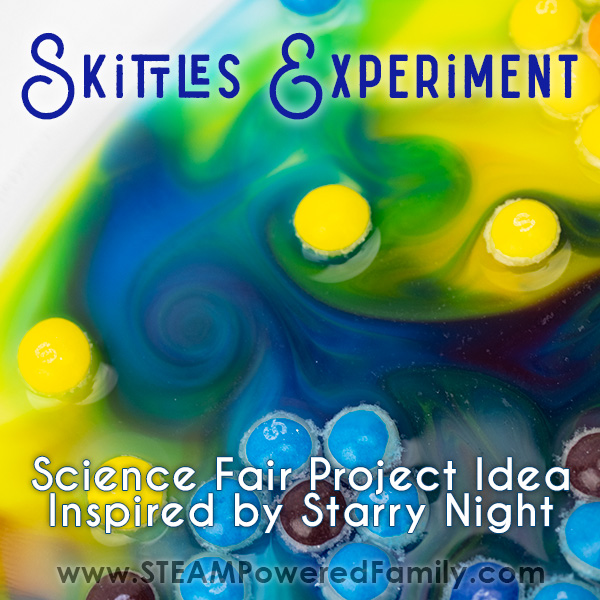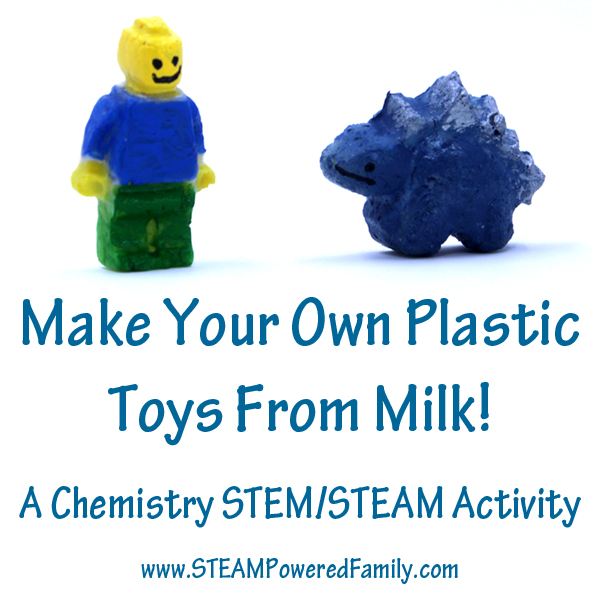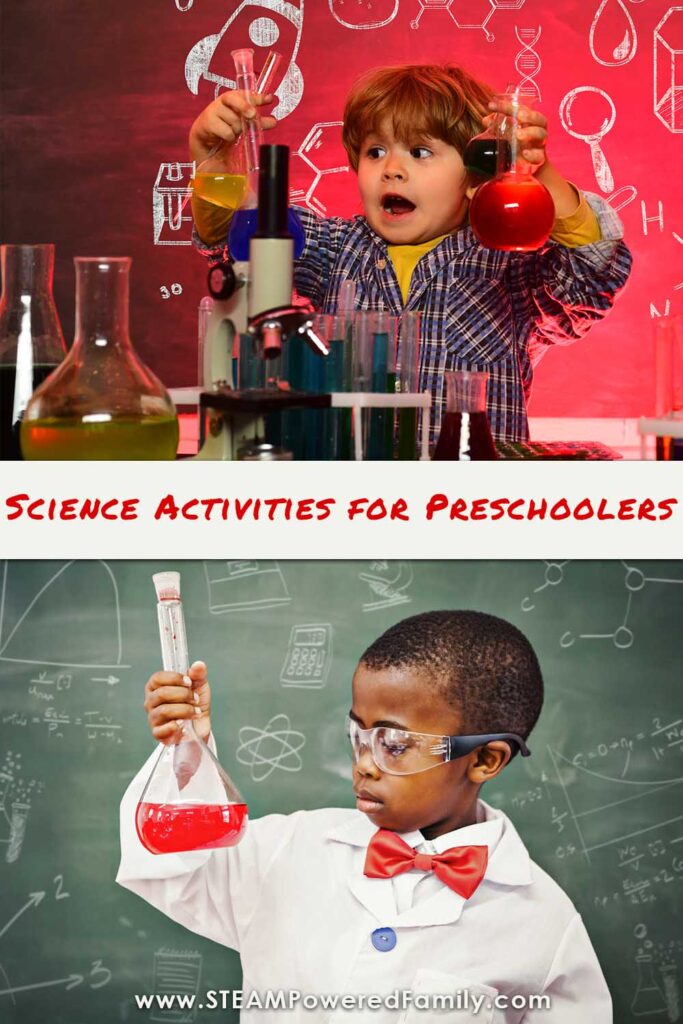Science Activities for Preschoolers
Did you know that preschool is the perfect time to start doing science experiments? Preschoolers have so much curiosity at this age, making it the perfect time to get hands on with our learning and discovery. Here we are sharing science activities that we have done ourselves with young kids with incredible results. They are not just about learning scientific concepts, they are designed to spark curiosity, creativity, and a love for learning in young minds. At this age our number one goal is to foster a thrill for discovery! Remember, the key is to have fun and explore science in a playful, engaging way with your young learners. So let’s explore some science ideas for preschool.
Preschool Science Experiments
Disclaimer: This article may contain commission or affiliate links. As an Amazon Influencer I earn from qualifying purchases.
Not seeing our videos? Turn off any adblockers to ensure our video feed can be seen. Or visit our YouTube channel to see if the video has been uploaded there. We are slowly uploading our archives. Thanks!
Exploring science with preschoolers can be exciting, but it can also come with some challenges. Today we wanted to share some of our favorite science projects that are both educational and fun that you can try with your little ones. We want to make it easy for you, so make sure you click through to each activity to learn all of our pro tips and information to answer all of those questions your kids are going to ask.
Although we have focused on proving preschool science activities, many of these are actually STEM activities that incorporate not only science, but also some technology, engineering and math.
No matter which activities you do, remember the most important rule, have fun!
Tips for Doing Preschool Science Experiments
Doing science activities with preschoolers can be a lot of fun, but you also need to always ensure safety first. But guess what? Even that part can be fun! I highly recommend buying children’s lab coats and lab safety glasses (in fun colors!), for your preschoolers. It not only will help protect your kids, but it taps into children’s imaginations and helps them embrace the idea of being little scientists.
When doing any of these activities, proper adult supervision is required at all times, and ensure you adapt the activities as required to meet children where they are at maturity and ability wise. We want science to be fun and safe!
Another tip, always assume things are going to get messy! Cover areas and work in spaces when you can let kids explore freely without worrying about the mess. For some of these experiments, you can even head outside!
Whether you are at home and doing some homeschool science or looking for some classroom experiments, there are lots of fun science activities you can do with your kids!
Preschool Science and STEM
Magic Color Changing Playdough
Sure, anyone can make playdough, but why not make magic playdough that changes color? Kids can experiment by exposing the playdough to different colors in this heat reactive experiment. My kids especially loved chilling different shaped items and making patterns in the playdough, then warming it up to see them disappear.
We also have recipes for Magic Moon Dough or Magic Oobleck, if you prefer a different sensory science experiment.
Oobleck
A classic activity to keep the kids entertained and busy having fun and learning. Oobleck is a non-Newtonian Fluid, which means it becomes solid under pressure, then liquifies once the pressure is removed. Kids love playing with Oobleck and learn cool lessons in states of matter. We have lots of different recipes for making Oobleck. This is a great outdoor activity!
Hatching Dino Eggs
This baking soda and vinegar experiment idea came about because I needed to find ways to help my dinosaur obsessed preschooler build their fine motor skills. Chemistry may seem like an advanced topic, but in this Hatching Dino Eggs Science Activity we make it easy and fun! Kids love using syringes and pipettes to make their dino eggs fizz and “hatch” revealing a little dinosaur hidden inside.
Bouncy Egg Experiment
This fun science experiment involves soaking a raw egg in vinegar to dissolve its shell, leaving a bouncy, rubbery egg. It’s a fascinating way to teach children about osmosis and the properties of eggshells. Plus, kids have fun testing their Bouncy Eggs to see how much they can bounce… or break!
Making Water Rise
This experiment was one of the first activities that I did with my kids when they were just tiny where I saw their eyes light up with so much curiosity! In this project, kids learn about creating a vacuum in a simple setup involving a jar, water, and a candle. This How Does Water Rise activity demonstrates basic principles of physics in an easily understandable way. For really little ones, I do this as a demonstration and they watch as I do the experiment, but they can still get involved by using the thermometer to take readings.
Keep It Dry Experiment
This is a really quick and easy experiment that little kids love. Watch their surprise as you immerse a glass in water with paper towel inside… and it stays dry! Then let them do the Keep it Dry experiment themselves.
Frozen Bubbles
If you live in a colder climate, try freezing bubbles outside. It’s a fun way to explore the science of freezing and weather conditions. We share the secret to the perfect frozen bubbles, so you can have success with your little ones.
Not cold enough for frozen bubbles? You can still do some Bubble Science.
Bottle Crush
A fun and visually impressive way to understand heat transfer, using a plastic bottle, hot water, and cold conditions (or ice). My little ones love doing Bottle Crush as a magic trick that always wows!
Balloon Races – Physics Fun
You might think preschoolers are too young to learn about physics, but they aren’t too little! They will have a blast with Balloon Races which are a very fun, fast paced way to learn about basic physics principles. It will also help kids with lots of energy, burn off some steam while learning.
Glitter Dance – Surface Tension Experiment
Using just a plate, water, glitter (or pepper), and dish soap, this Glitter Dance experiment is a straightforward demonstration of how soap affects water’s surface tension.
Oil and Water Experiment
This easy science project is a fantastic way to explore the properties of oil and water, along with color theory. Kids can observe how oil and water do not mix and explore the mixing of colors.
Ice Fishing Experiment
This is a fantastic STEM game and experiment for preschoolers that uses salt, water, and homemade ice fish to explore the science of how salt affects ice melt. It’s a playful and educational activity that combines science with a fishing game.
Growing Crystals
Growing crystals can be a magical experience for young minds. It is honestly one of my favorite science activities, because the results are so beautiful! This Egg Geode Crystal Growing activity involves simple ingredients and offers a hands-on approach to learning about crystallization and geology.
If you are looking for crystal growing using other ingredients, we explore lots of different options in our Crystal Gnome project or try growing tasty sugar crystals.
Lava Lamp
This experiment is not only a visual treat but also a great way to learn about chemical reactions and density. Preschoolers will be mesmerized watching the bubbles dance and play in a homemade lava lamp, which can be made in lots of different ways using household items. We share 5 of our favorite Lava Lamp Activities, including glow in the dark versions.
Magic Milk
In this captivating Magic Milk science experiment, preschoolers create an explosion of color as they use soap to disrupt the milk’s surface tension. It’s a fantastic way to teach about chemical reactions and surface tension in a mesmerizing way. Play with the fat content of your milk to create new reactions.
Elephant Toothpaste
A classic experiment where a chemical reaction creates a foamy gusher volcano like reaction, is Elephant Toothpaste. This can be easily done at home with common ingredients and is always a hit with kids.
Make sure you head to your local science center when they are doing demonstration days. They often do massive elephant toothpaste experiments with strong chemicals that erupt many feet into the air!
Walking Rainbow Experiment
We totally messed up this experiment the first time we did it, but once we figured it out, the kids were fascinated and loved checking on the progress over a few days. The Walking Rainbow experiment is a beautiful demonstration of capillary action and color mixing, requiring just jars, paper towels, water, and food coloring… just make sure you read my notes to ensure you don’t make the same mistakes I did!
Rainbow Rain
Keep those rainbows going with this pretty Rainbow Rain science activity that replicates rain clouds. A simple and beautiful experiment involving water, shaving cream, and food coloring, perfect for a rainy day activity.
Skittles Experiment
A super easy and colorful experiment using Skittles and water, the Skittles Experiment is always a hit. My kids especially enjoyed creating different designs and patterns. We even made a Starry Night inspired one. This experiment is not only beautiful, but it smells good too!
Does it Float?
In this fun activity, young children can explore the science concepts of buoyancy and density, by testing whether items sink or float. We loved using this project to introduce the scientific method to our little ones. You can also do this experiment with water balloons or for a really quick and easy science experiments, do it with floating soda pop cans.
Making Milk Plastic
This surprisingly simple experiment involves making bioplastics out of milk to create cute little figures and toys. It’s a wonderful way to introduce the concept of polymers and plastics. Plus, they get to keep a neat keepsake of their scientific creation.
These science activities are perfect for sparking a love of learning and discovery in preschoolers. Each experiment is designed to be simple, engaging, and educational, making science fun and accessible for young learners. Use this list as inspiration for your next session of exploration, discovery and science! Most of all… have fun!


